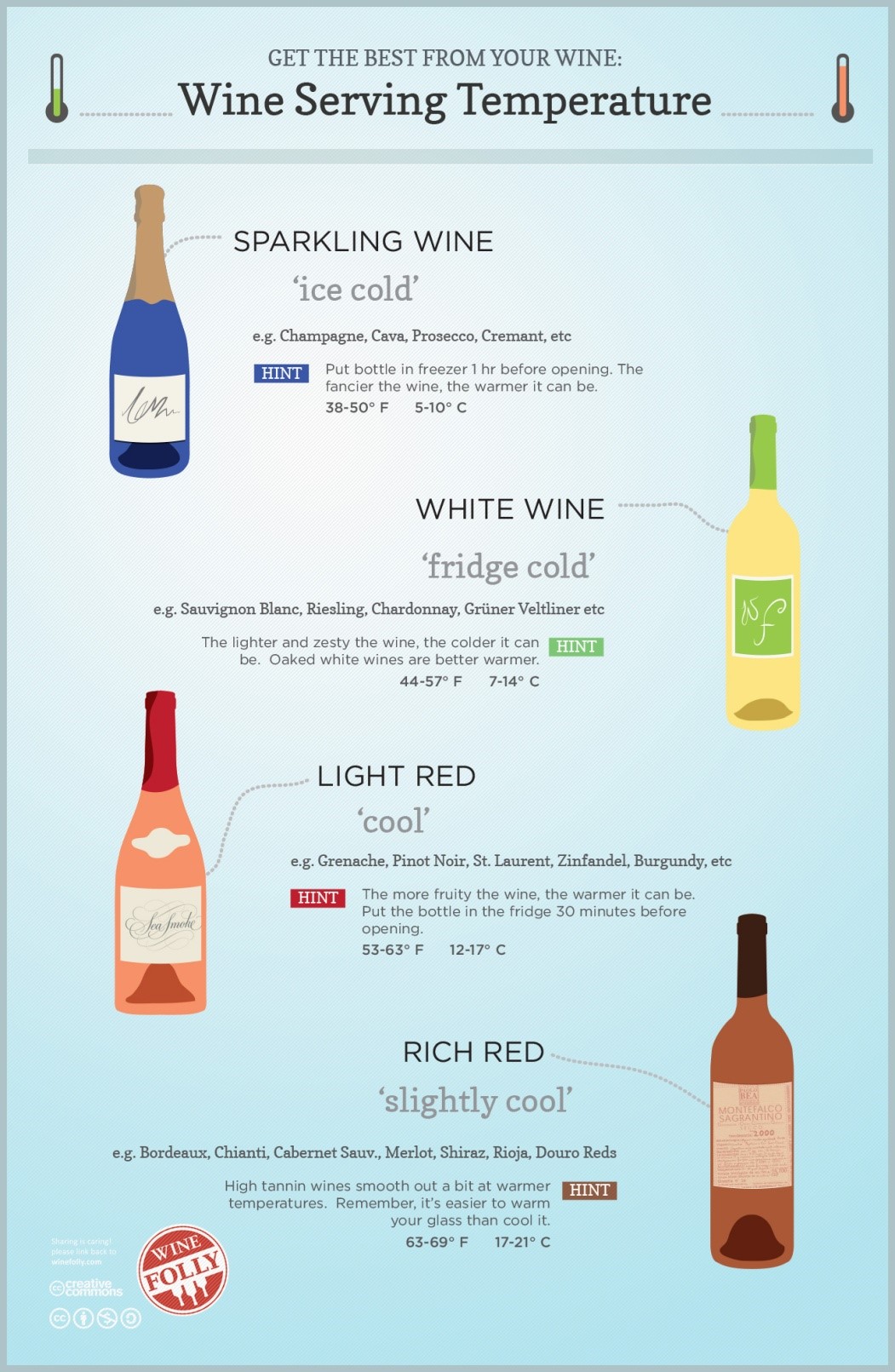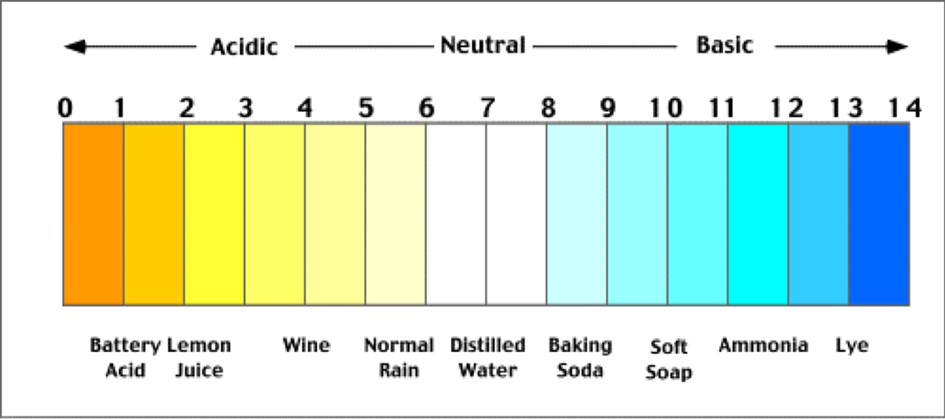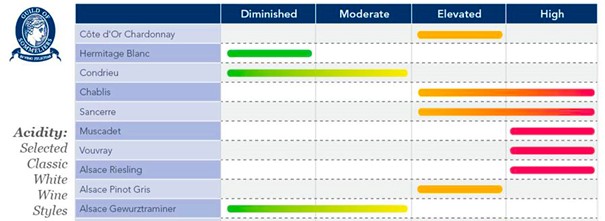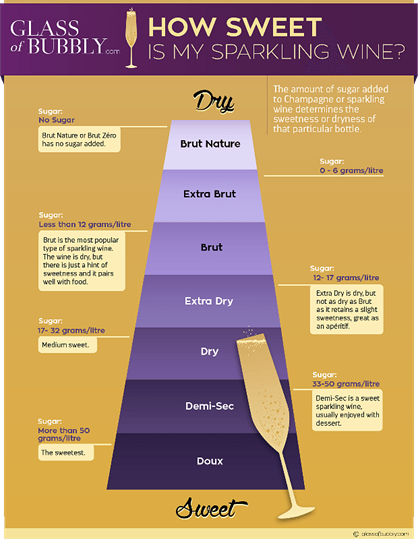LEARN HOW TO TASTE WINE LIKE A PRO FROM OUR IN-HOUSE SOMMELIER!
May 09,2022 | Guillaume Pace
Last but not least, we will conclude this series with the best part of any wine tasting: the tasting itself.
The human tongue is limited to the primary tastes perceived by tastebuds receptors (sourness, bitterness, saltiness, sweetness and savoriness.) 80% of the aromas detected in a glass of wine are olfactive (see part #2). But those aromatic compounds are perceived differentely depending on the wine solution. It is the combination of the odors with the liquid's ingredients that give to wine the flavors that we enjoy so much. Wine is composed of water, alcohols, acids, residual sugars, and polyphenols like tannins and aromatic compounds. Let's have a closer look at each of the wine components.
Open a bottle, pour a little bit of wine in a glass, enjoy its color and perfume (see previous articles). Now let's take a sip of wine and examine its quality.
1) The first sip should tell you if the wine is served at the right temperature. Generally speaking, the lighter the wine, the chiller it should be served.

We recommend to serve most sparkling wines around 6 - 10C (Cremant, Champagne), light bodied whites around 8 - 12C (Loire Valley), full bodied whites around 10 - 14C (Alsace, Burgundy), light bodied reds around 12 - 14C (Loire Valley), medium bodied reds around 14 - 16C (Burgundy), full bodied reds around 16 - 18C (Bordeaux, Rhone Valley). 2 hours in a fridge (6C) for white and 1h for red should be enough or you can use an ice bucket between 15 to 30 mins if you are in a hurry.
Beware that if the wine is served too cold, it will seem very thin, almost tasteless, with bitter tannins for reds, and if it is too warm, the wine will lose its balance and the alcohol and acidity will jump out of the glass.
Acidity is a major component of wine. Imagine any kind of fruit without acidity, it would be unpalatable. Higher acidity also ensures that the wine will stay fresh and keep well on the long term (hence the winemaker will use less sulfites). There are 3 major acids which are naturally present in grapes (tartaric, malic and citric) while others occurs during the course of winemaking (acetic, lactic, succinic), having direct influences on the color, balance and taste of the wine. Most of them are fixed acids with the notable exception of acetic acid, which is volatile and can contribute to the wine fault known as "volatile acidity" (vinegar taint).
The measure of acidity in wine is known as “Titratable Acidity” (TA), which refers to the total amount of acids present in grams per litre (usually between 3.5 to 7.5g/L), while the strength of acidity is measured according to pH, a logarithmic scale with most wines having a pH between 3 and 4 (1 point lower pH = 10 x higher acidity). Given the same amount of TA, a wine will either taste sour and tart with a pH comprises between 2.5 - 3, crisp and bright (pH 3 - 3.5), fresh and smooth (pH 3.5 - 4) or flabby, flat (pH 4 - 4.5).

When choosing a bottle of wine, keep in mind that Cool climates wine regions usually have a longer growing season with overall less sunshine (1500 hours in Champagne) and lower temperature on average (11C in Champagne), than warm climates (2900 hours of sunshine with an average temperature of 19C in Provence). Grapes growing in a cool climate region will have more acidity and less alcohol (Champagne, Alsace, Loire, Chablis...) so the wines taste fresh and elegant, while grapes growing in warm climates will have less acidity and more alcohol and taste round and powerful (Rhone, Languedoc, Provence)...


Sugars in wine are at the heart of what makes winemaking possible. Glucose, along with fructose, is one of the primary sugars found in wine grapes. At the beginning of the ripening stage there is usually more glucose than fructose present in the grape, but as the vine consume glucose through the respiration, at harvest, glucose and fructose are generally in equal amounts. Grapes that are over ripe, such as late harvest wines, may have more fructose than glucose, which is ideal to produce dessert wine (fructose taste sweeter than glucose).
During the process of fermentation, sugars (glucose first) are broken down and converted by yeast into alcohol and carbon dioxide. The more sugar there is, the more alcohol there will be in the wine. The fermentation will continue until a specific level of alcohol is reached where the yeasts cannot survive any longer (around 15% alcohol). At this point, the fermentation stops and the sugar that has not been turned into alcohol, remains in the wine and is called residual sugar. A winemaker that chooses to halt fermentation (either by temperature control or the addition of brandy spirits in the process of fortification) will be left with a wine that is high in fructose (ie Vin Doux Naturel).

Most of the wines consumed nowadays are dry. Even among the driest wines, it is rare to find wines with a level of sugar less than 1 g/L, due to the unfermentability of certain types of sugars, such as pentose. Still wine is considered dry up to 4 g/L, medium dry between 4-12 g/L, off dry between 12-45g/L. Any wine with over 45 g/L would be considered sweet, though many of the great sweet wines have levels of residual sugar much higher than this. For example, Sauternes (100 - 150 g/L).
Sparkling wines, such as Champagne, have a different classification :
|
Brut Nature (no added sugar) |
0–3g/l |
|
Extra Brut |
3–6g/l |
|
Brut |
6–12g/l |
|
Extra Dry, Extra Sec |
12–17g/l |
|
Dry, Sec |
17–32g/l |
|
Demi-sec |
32–50g/l |
|
Doux, Sweet |
50+g/l |

How sweet a wine will taste is also controlled by factors such as the acidity and alcohol levels, the amount of tannin present, and whether the wine is sparkling or not. Sugars and alcohol enhance a wine's sweetness; acids and tannins counteract it. A sweet wine can actually taste dry due to the high level of acidity. A dry wine can taste sweet if it has a high level of alcohol.
Alcohol content is a main part of a wine body or mouthfeel (as distinct from its taste). Common descriptors of the wine body is light (11-12% ABV), medium (12-13% ABV) or full (14-15% ABV).
5) Tannins play a major part in the flavors of red wine. Tannins are the flavonoids in wine that are often leached out of the grape during the maceration period of winemaking. The amount of phenols leached is known as extraction. These compounds contribute to the astringency, color and mouthfeel of the wine. In white wines the number of flavonoids is reduced due to the lesser contact with the skins (direct pressing), which is why red wines typically have a lot more tannins than whites (5 to 7 x more).
Wines (red and white) can also take on tannins from the oak if they are aged in barrels. The oak specie, country of origin, age of the tree, size of the barrels (new or old), will also affect the type of tannins passed on to the wine. Tannins impart a mouth-puckering astringency when the wine is young but "resolve" (through a chemical process called polymerization) into delicious and complex elements of "bottle bouquet" when the wine is cellared under appropriate temperature conditions, preferably in the range of a constant 13 to 16 °C.
Certain wine styles have much less tannin content than others, Grape varieties like Gamay from Beaujolais, Pinot Noir from Burgundy, and Grenache in the Southern Rhone Valley have a thin skin, delicate ruby red color and soft tannins. On contrary, Cabernet Sauvignon from Bordeaux, Malbec and Tannat from South West and Syrah from Northern Rhone Valley, have a thick skin and are particularly tannic. Such wines mellow and improve with age with the tannic "backbone" helping the wine survive for as long as 40 years. In many regions such as in Bordeaux, tannic grapes such as Cabernet Sauvignon are blended with lower-tannin grapes such as Merlot or Cabernet Franc, diluting the tannic characteristics and making them approachable at younger age.
When a wine’s alcohol, acidity, residual sugar and tannins are well integrated and balanced, the wine is deemed harmonious, the highest achievement a winemaker can aim for, which may have led wine to receive so many lauditory praise throughout the course of History.
We hope that you enjoyed this article and learnt a thing or two about wine, like Ernest Hemingway once said “A person with increasing knowledge and sensory education may derive infinite enjoyment from wine."
Cheers,
G.
Image credits: Wine Folly, Guild Somm, Aromaster, Champagne.com glassofbubbly.com



